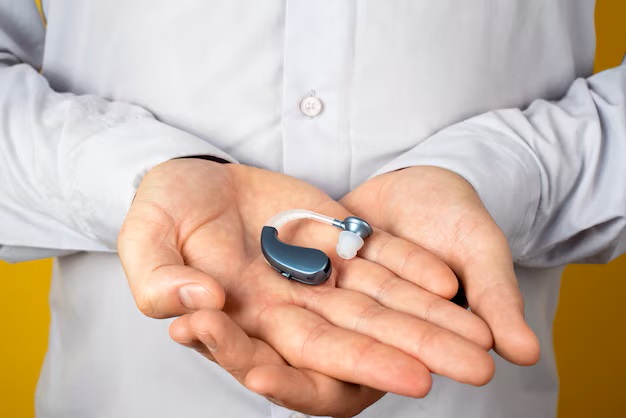About
Hearing is a critical sense that connects us to the world, allowing us to enjoy conversations, music, and the sounds of nature. However, it's also one of the most vulnerable senses, susceptible to damage from various environmental factors. This is where hearing protection services and hearing aid protection come into play, ensuring that our auditory health is preserved and enhanced.
Understanding Hearing Protection Services
Hearing protection services encompass a range of solutions designed to safeguard our ears from harmful noise levels. These services are particularly vital for individuals working in noisy environments such as construction sites, factories, or airports, where prolonged exposure to loud sounds can lead to noise-induced hearing loss (NIHL). Additionally, musicians, concert-goers, and hunters are also at risk of hearing damage due to the high decibel levels associated with these activities.
Types of Hearing Protection
1. Earplugs: Available in disposable, reusable, and custom-molded varieties, earplugs are a popular choice for blocking out noise. Custom-molded earplugs, in particular, offer a snug fit, providing superior protection and comfort for extended wear.
2. Earmuffs: These devices cover the entire ear and are often used in industrial settings. Earmuffs are adjustable and can be worn over earplugs for added protection in extremely noisy environments.
3. Electronic Hearing Protection: These advanced devices amplify low-level sounds while suppressing harmful noise levels. They are commonly used by shooters and hunters, allowing them to hear ambient sounds while protecting their hearing from gunshots.
The Role of Hearing Aid Protection
For individuals who already use hearing aids, protection takes on an additional layer of importance. Hearing aids are delicate devices that require proper care to function optimally and have a long lifespan. Hearing aid protection involves both physical safeguarding and routine maintenance.
Physical Protection
1. Hearing Aid Covers: These are designed to shield hearing aids from moisture, dust, and debris. Waterproof covers are particularly beneficial for individuals who live in humid environments or engage in water-related activities.
2. Hearing Aid Dehumidifiers: Moisture is a common enemy of hearing aids, leading to corrosion and malfunction. Dehumidifiers help by removing excess moisture, keeping the internal components dry and functioning correctly.
3. Protective Cases: These cases provide a safe place to store hearing aids when not in use, preventing damage from accidental drops or impacts.
Routine Maintenance
1. Regular Cleaning: Hearing aids should be cleaned daily to remove earwax and other debris. Specialized cleaning kits are available, including brushes and wax picks, to help with this task.
2. Battery Care: Proper battery maintenance is crucial for optimal performance. Users should regularly check battery levels, replace them as needed, and store spare batteries in a cool, dry place.
3. Professional Servicing: Regular check-ups with a hearing care professional ensure th
4. at hearing aids are functioning correctly. Professionals can also perform in-depth cleaning and address any technical issues.
Conclusion
Hearing protection services and hearing aid protection are essential for maintaining auditory health and enhancing the quality of life for individuals of all ages. Whether you're in a noisy work environment, an avid concert-goer, or someone who relies on hearing aids, taking proactive steps to protect your hearing can prevent long-term damage and ensure that you continue to enjoy the sounds of life.
Investing in high-quality hearing protection and proper maintenance of hearing aids is not just about preserving your hearing; it's about preserving your overall well-being and ability to engage fully with the world around you. By prioritizing hearing health, you can safeguard one of your most precious senses for years to come.





Comments